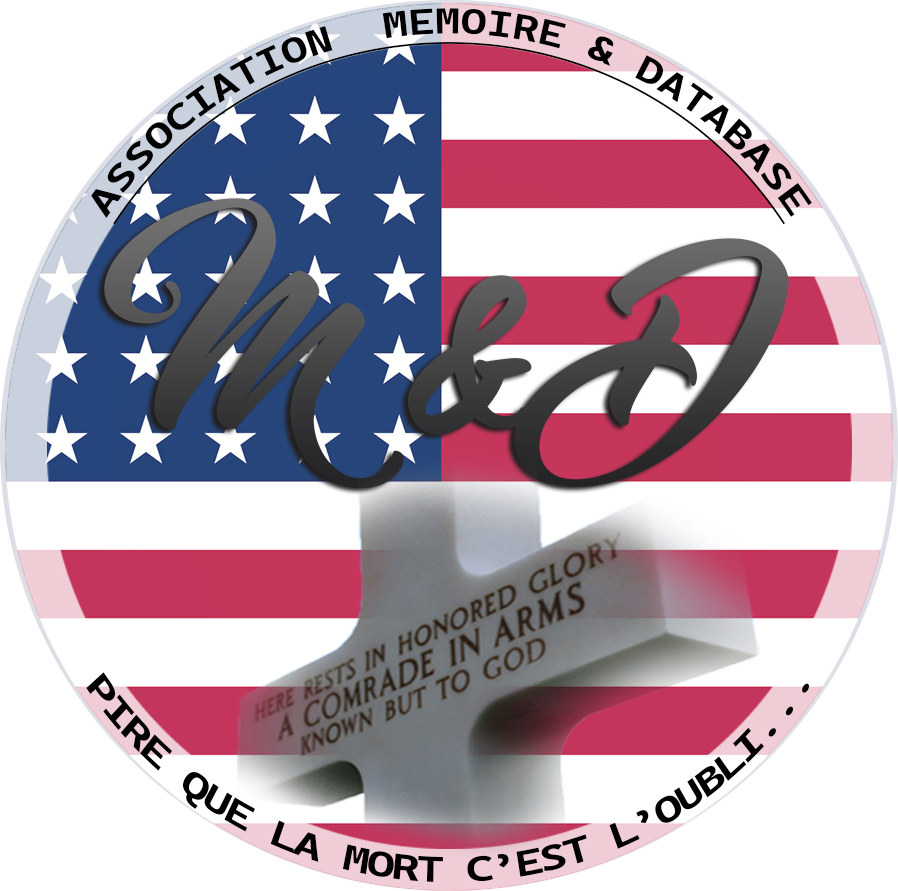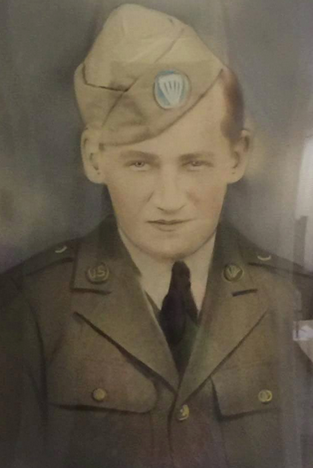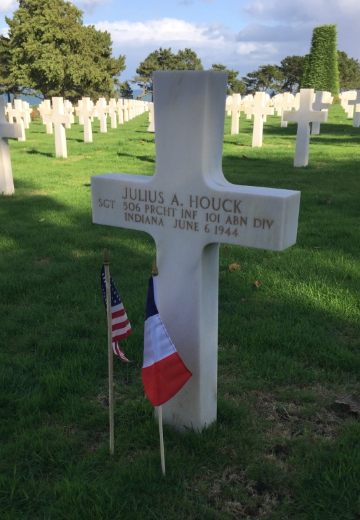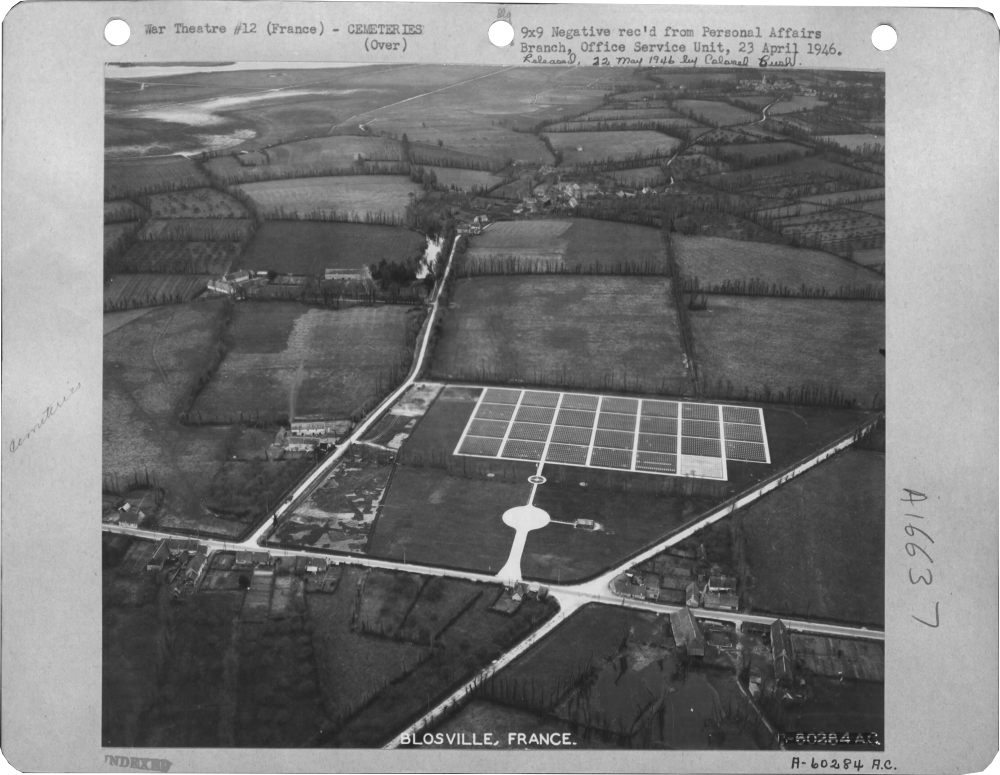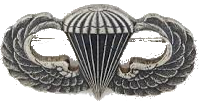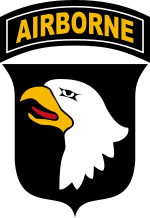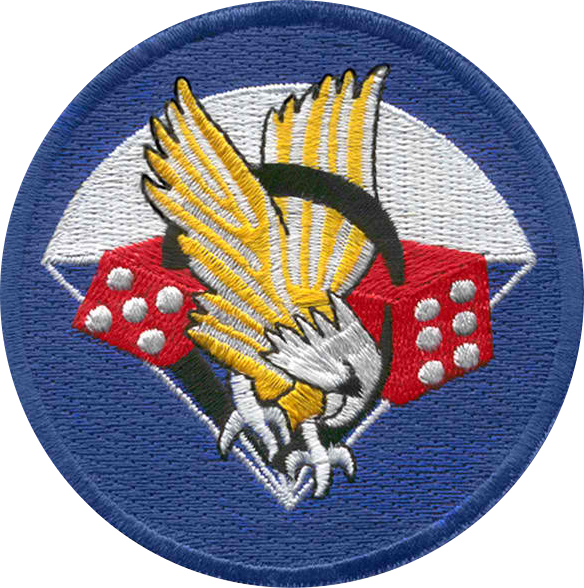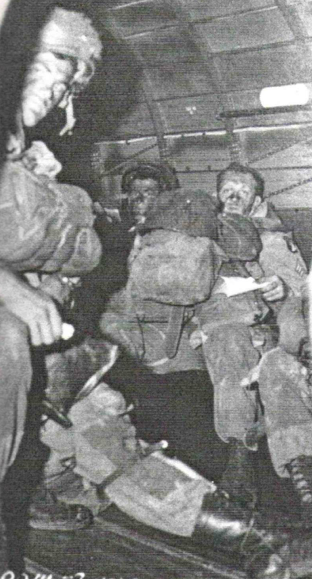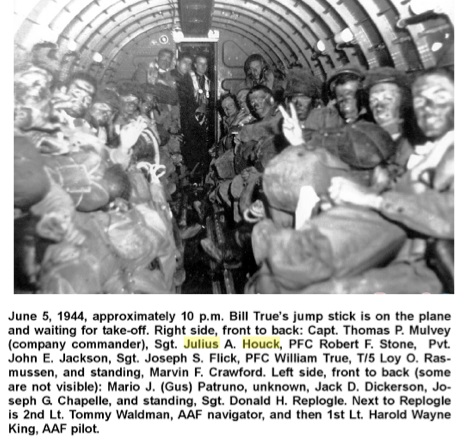|
Julius Adam HOUCK
"Rusty"
| ||||||||||||||||||||||||
|---|---|---|---|---|---|---|---|---|---|---|---|---|---|---|---|---|---|---|---|---|---|---|---|---|
|
Source : Bill Blake
| ||||||||||||||||||||||||
| NUMBER OF SERVICE | 16100659 | |||||||||||||||||||||||
| AGE | 22 yo | |||||||||||||||||||||||
| DATE OF BIRTH | 28 August 1921 Ojibwa, Sawyer County, WISCONSIN | |||||||||||||||||||||||
| ENLISTMENT STATE | INDIANA | |||||||||||||||||||||||
| FAMILY |
Parents : Lawrence F. & Margaret Carufel HOUCK | |||||||||||||||||||||||
| RANK | Sergeant | |||||||||||||||||||||||
| FONCTION | Paratroopers | |||||||||||||||||||||||
| JOB BEFORE ENLISTEMENT | Clerks | 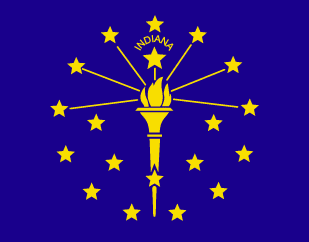 | ||||||||||||||||||||||
| DATE of ENLISTEMENT | 18 August 1942 Chicago ILLINOIS | |||||||||||||||||||||||
| COMPANY | Company F | |||||||||||||||||||||||
| BATTALION | Battalion | |||||||||||||||||||||||
| REGIMENT | 506th Parachute Infantry Regiment | |||||||||||||||||||||||
| DIVISION | 101st Airborne Division | |||||||||||||||||||||||
| DATE OF DEATH | 6 June 1944 |
Source : Bill Blake | ||||||||||||||||||||||
| STATUS | KIA | |||||||||||||||||||||||
| PLACE OF DEATH | ||||||||||||||||||||||||
| CEMETERY TEMPORARY | CEMTERY TEMPORARY of Hiesville | |||||||||||||||||||||||
|
CEMTERY TEMPORARY of Blosville N°3508
| ||||||||||||||||||||||||
| CEMETERY | NORMANDY AMERICAN CEMETERY of Colleville | |||||||||||||||||||||||
| GRAVE |
| |||||||||||||||||||||||
| DECORATION |
| |||||||||||||||||||||||
| ||||||||||||||||||||||||
| STORY | ||||||||||||||||||||||||
Early LifeJulius A. "Rusty" Houck was born on August 28, 1921, to Lawrence and Margaret Houck in Rice Lake, Wisconsin. Julius was the oldest of four boys. William, Ronnie, and Kenneth all looked up to and immensely respected their oldest brother. Julius—affectionately called Sonny by his family—had a great sense of humor, was an avid skier, an incredible athlete, an aggressive leader, and a fearless man. Margaret Carufel Houck was a member of the Ojibway (Ojibbeway) Tribe, and the family is listed in the 1940 Indian Census. Move to Hammond
|
Source : Bill Blake | |||||||||||||||||||||||
Military ExperienceAfter electing to join the newly created 101st Airborne Division, Julius Houck was assigned to Company F of the 506th Parachute Infantry Regiment. Although Houck was a Native American, he kept his heritage a secret and registered as a Caucasian out of fear of harassment. Training at Camp ToccoaHouck was among the first to train at the newly created Camp Toccoa in 1942. This military facility in Georgia was designed to create an elite class of paratroopers from the ground up. The physical and disciplinary rigors of Camp Toccoa made the newly created 101st Airborne Division one of the most challenging outfits in the world. Houck was an extremely tough man, both physically and mentally. He endured extremely demanding training where the majority of candidates washed out. His athleticism and aggressive leadership abilities were quickly recognized, as he was quickly promoted to the rank of sergeant. After training at Toccoa came to an end, the 101st Airborne Division men marched 115 miles from Camp Toccoa to Atlanta, Georgia, in just three December days, crushing a previous record held by the Japanese. After arriving in Atlanta, the men boarded a train for Fort Benning, Georgia. At Fort Benning, the men completed four days and one night jumps and became official paratroopers. | ||||||||||||||||||||||||
|
Source : Bill Blake |
D-DayAs preparations for the invasion of Europe began, one major threat loomed above all else: even if the amphibious forces could land and take the Normandy beaches, they would be immediately pushed back by a massive reserve of German troops held in the interior. Such a defeat would have needlessly sacrificed the lives of thousands of men. Paratroopers were dropped behind the coastal defenses to capture and defend the beaches’ roads. If they succeeded, it would cut off reinforcements and supply lines to Germans defenders on the coast. The success of the assault was uncertain. All major Allied airborne assaults in previous battles ended poorly. The planes were vulnerable to both Allied and Axis flak. Paratroopers dropped into hostile territory. If the amphibious invasion proved unsuccessful, paratroopers would be stranded behind enemy lines with no avenue of escape. At approximately 10:15 p.m. on June 5, 1944, Houck was one of 6,600 paratroopers of the 101st Airborne Division who departed from Upottery, England, in one of over 400 C-47’s headed for the Normandy interior. Their mission: seize and control the causeways leading from the Utah and Omaha Beaches. Shortly after 1:00 a.m. on June 6, 1944, Houck jumped into history. The 506th Parachute Infantry Regiment was supposed to land in Drop Zone C (between Hiesville and Sainte-Marie-du-Mont) and seize roads and bridges over the Douve River, disrupting the German ability to defend, resupply, and reinforce Utah Beach. The drop encountered poor visibility, a lack of onboard navigators, radio silence, poorly marked drop zones, inexperienced pilots, and anti-aircraft fire. Most paratroopers landed miles away from their objectives. Houck landed north of Sainte-Marie-du-Mont rendezvous with other men, mostly from E Company, at the hamlet of Le Grand-Chemin early in the morning. | |||||||||||||||||||||||
|
When Houck arrived, he learned that a small unit under the command of First Lieutenant Richard Winters set out to engage a well-entrenched German artillery battery consisting of four 105mm howitzers at Brécourt Manor, north of Sainte-Marie-du-Mont. The artillery battery was firing along Causeway No. 2 at Utah Beach, where the 22nd Infantry Regiment was landing. Commanded by Second Lieutenant Ronald C. Speirs, Houck arrived at Brécourt Manor to find that Winters and his men had already taken and destroyed the first three howitzers. Winters tasked Houck’s group to take the fourth gun. Bill True described the events that followed: "Len [Hicks] and Julius [Houck] crept up close enough to fire at the defending troops directly. The two Americans were lying in a depression, side by side, as they planned their next move. There was very little cover. Hicks was ready to fire his M-1, while Houck would throw a grenade. Len told Houck, 'Be careful, they may be tossing some back at us and we're pretty exposed here.' Hicks fired and the German soldier he'd aimed at went down. But Houck raised up to throw his grenade, completely exposing himself just at the time a burst of machine gun fire was heard. He was struck multiple times in the chest by the burp gun and went down instantly."
...we passed through the edge of one or maybe two small towns. Very little fire until we had passed the 2d or 3rd, right beside some barn-like buildings and a high hedge. The krauts really showed what an '88' could do. Some of the (2nd) Bn officers did some scouting of this situation, because this emplacement was not on aerial photos and neither was it on the sand table. Capt. Winters told me to take a detail down and clear it out, so we could go on to our objective. There were more E Co. troopers in this group, about 12 to 14. They were right by me when Capt. Winters was briefing them. I told Capt. Winters I would like to have some of that action. His reply, ‘Would anyone else like to go?’I walked over and asked for volunteers. Sgt Julian Houck [sic] was the only one interested. [During the battle] we were laying very near each other, when he suggested he would throw a grenade over to #4 emplacement. I told him to be very careful-we did not have much cover, in case they wanted to throw some back. I'm sorry to say that ‘Rusty’ was killed instantly by a burst of burp gun fire. He was hit across the top part of the shoulders, all internal bleeding-the little amount of external blood could have been wiped-off with a cigarette paper. He did not suffer. I can say Thank God, ‘Rusty’ was one of the good ones. I do not know if it was Rusty's grenade or my shot that got that guy.
| ||||||||||||||||||||||||
EulogyIt has been said that “this will remain the land of the free, only so long as it remains the land of the brave.” The truly brave are perhaps not those that by chance fall into dangerous situations and by luck or out of self-preservation overcome, but rather those that go head-on into dangerous situations appreciating what they can do for others, yet understanding the risks to themselves, and yet going in anyways. Sergeant Julius A. Houck was one of these men. On the night of June 5, 1944, Sergeant Julius A. Houck boarded one of the hundreds of C-47’s headed for Normandy, well behind enemy lines. Houck’s company was assigned a particular section of ground to hold until amphibious reinforcements landing on Utah Beach could relieve them. But plans rarely survive the first contact with the enemy. Poor visibility, anti-aircraft fire, and jittery pilots contributed to the scattering of paratroopers all over Normandy. Despite being dropped in the wrong location, separated from his men, and having lost much of his gear, Houck quickly adapted and the next day was among a select few volunteers to be a part of an assault team to attack a well-fortified German artillery embankment defended by a force nearly three times their size at Brécourt Manor. After arriving at Brecourt Manor, Sergeant Houck quickly rushed at the fourth and final gun, raised to throw a grenade (exposing himself in the process), and was subsequently cut down by a German machine gun. He died instantly. In tribute to his Hoosier home, we lay the State of Indiana’s flag at his gravestone. Sergeant Houck was a true Hoosier and a true American hero. And it is because of brave men like you that we stand here today, free men. Sergeant Houck, we thank you for your ultimate sacrifice. By : David Huston & Mme Dawn Crone | ||||||||||||||||||||||||
Activated/Activé |
Normandy/Normandie |
| 15 Aug 1942 | Days of Combat/Jour de Combat 214 |
| Casualties/Victimes 9 328 | |
Entered Combat/Entré au combat |
|
| 6 Jun1944 D-Day | |
|
Commanding Generals/Commandants généraux Maj. Gen. William C. Lee (Aug 42 - Mar 44) |
Campaigns/CampagnesNormandy (6 Jun 44 - 24 Jul 44) Rhineland (15 Sep 44 - 21 Mar 45)
|
PLAN DE ROUTE DE LA CAMPAGNE - CAMPAIGN ROUTE MAP |
|
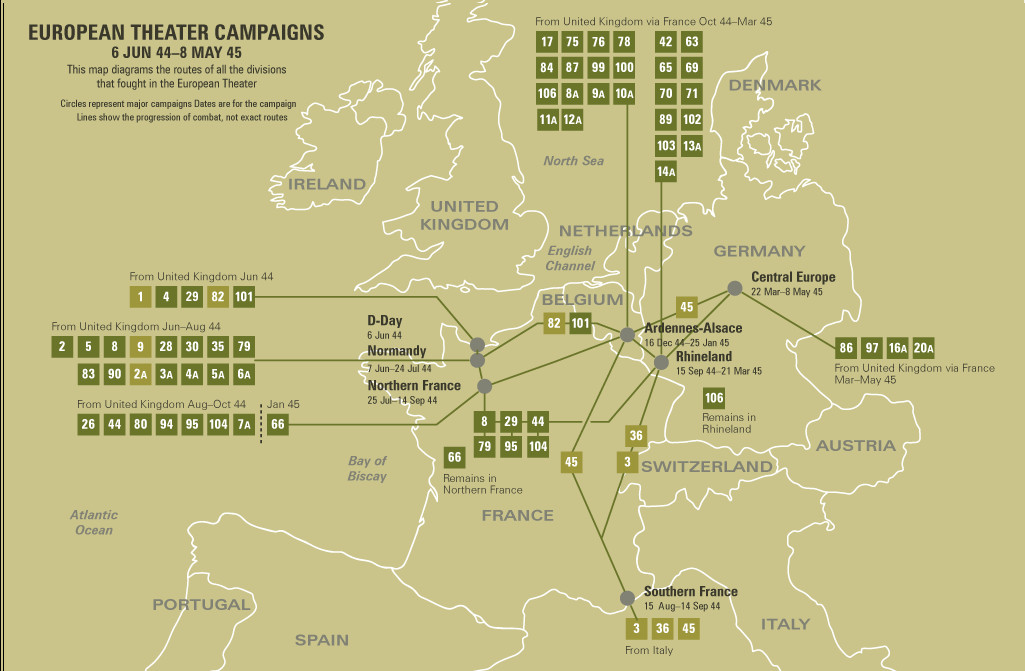 |
|
DIVISION CHRONICLEThe 101st Airborne arrived in England, 15 September 1943, and received additional training in Berkshire and Wiltshire. On 6 June 1944, the Division was dropped into Normandy behind Utah Beach. Against fierce resistance it took Pouppeville, Vierville, and St. Come du Mont. On the 12th, the stronghold of Carentan fell, and after mopping up and maintaining its positions, the Division returned to England, 13 July, for rest and training. On 17 September 1944, taking part in one of the largest of airborne invasions, the 101st landed in Holland, took Vechel and held the Zon bridge. St. Oedenrode and Eindhoven fell after sharp fighting on the 17th and 18th. Opheusden changed hands in a shifting struggle, but the enemy was finally forced to withdraw, 9 October. After extensive patrols, the Division returned to France, 28 November, for further training. On 18 December, it moved to Belgium to stop the German breakthrough. Moving into Bastogne under the acting command of Brig. Gen. Anthony C. McAuliffe, it set up a circular defense and although completely surrounded, refused to surrender on 22 December. Its perimeter held against violent attacks. The 4th Armored Division finally reached the 101st on the 26th and the enemy offensive was blunted. Very heavy fighting continued near Bastogne for the rest of December and January. On 17 January 1945, the Division moved to Drulingen and Pfaffenhoffen in Alsace and engaged in defensive harassing patrols along the Moder River. On 31 January, it crossed the Moder in a three-company raid. After assembling at Mourmelon, France, 26 February 1945, for training, it moved to the Ruhr pocket, 31 March, patrolling and raiding in April and engaging in military government at Rheydt and Munchen-Gladbach. The 101st reached Berchtesgaden by the end of the war and performed occupational duties until inactivation in Germany. |
CHRONIQUE DE DIVISIONLe 101st Airborne est arrivé en Angleterre, le 15 septembre 1943, et a reçu une formation supplémentaire dans le Berkshire et le Wiltshire. Le 6 juin 1944, la division est larguée en Normandie derrière Utah Beach. Contre une résistance féroce, il fallut Pouppeville, Vierville et St. Come du Mont. Le 12, le fief de Carentan est tombé, et après avoir nettoyé et maintenu ses positions, la Division est revenue en Angleterre, le 13 juillet, pour se reposer et s'entraîner. Le 17 septembre 1944, participant à l'une des plus grandes invasions aéroportées, la 101st débarque en Hollande, prend Vechel et tient le pont de Zon. St. Oedenrode et Eindhoven sont tombés après des combats acharnés les 17 et 18. Opheusden a changé de mains dans une lutte changeante, mais l'ennemi a finalement été forcé de se retirer, le 9 octobre. Après de longues patrouilles, la Division revint en France le 28 novembre pour suivre une formation complémentaire. Le 18 décembre, il a déménagé en Belgique pour arrêter la percée allemande. Déménagement à Bastogne sous le commandement de Brig. Général Anthony C. McAuliffe, il a mis en place une défense circulaire et bien que complètement encerclé, a refusé de se rendre le 22 décembre. Son périmètre tenu contre les attaques violentes. La 4e division blindée atteignit finalement la 101e le 26 et l'offensive ennemie fut émoussée. De très violents combats ont continué près de Bastogne pour le reste de décembre et janvier. Le 17 janvier 1945, la division s'est déplacée à Drulingen et à Pfaffenhoffen en Alsace et s'est livrée à des patrouilles de harcèlement défensif le long de la rivière Moder. Le 31 janvier, il a traversé le Moder dans un raid de trois compagnies. Après s'être rassemblé à Mourmelon, France, le 26 février 1945, pour s'entraîner, il s'installa dans la poche de la Ruhr, le 31 mars, patrouillant et faisant des raids en avril et s'engageant dans un gouvernement militaire à Rheydt et Munchen-Gladbach. La 101e a atteint Berchtesgaden à la fin de la guerre et a exercé des fonctions professionnelles jusqu'à l'inactivation en Allemagne. |
| SOURCE INFORMATION & PHOTO | Armydivs.squarespace.com |
|---|
| SOURCE INFORMATION & SOURCE PHOTO | bmc.gov - Findagrave.com - Aad.archives.gov - ww2-airborne.us |
|---|---|
| PROGRAMMER | Henri, Garrett, Clive, Frédéric & Renaud |


